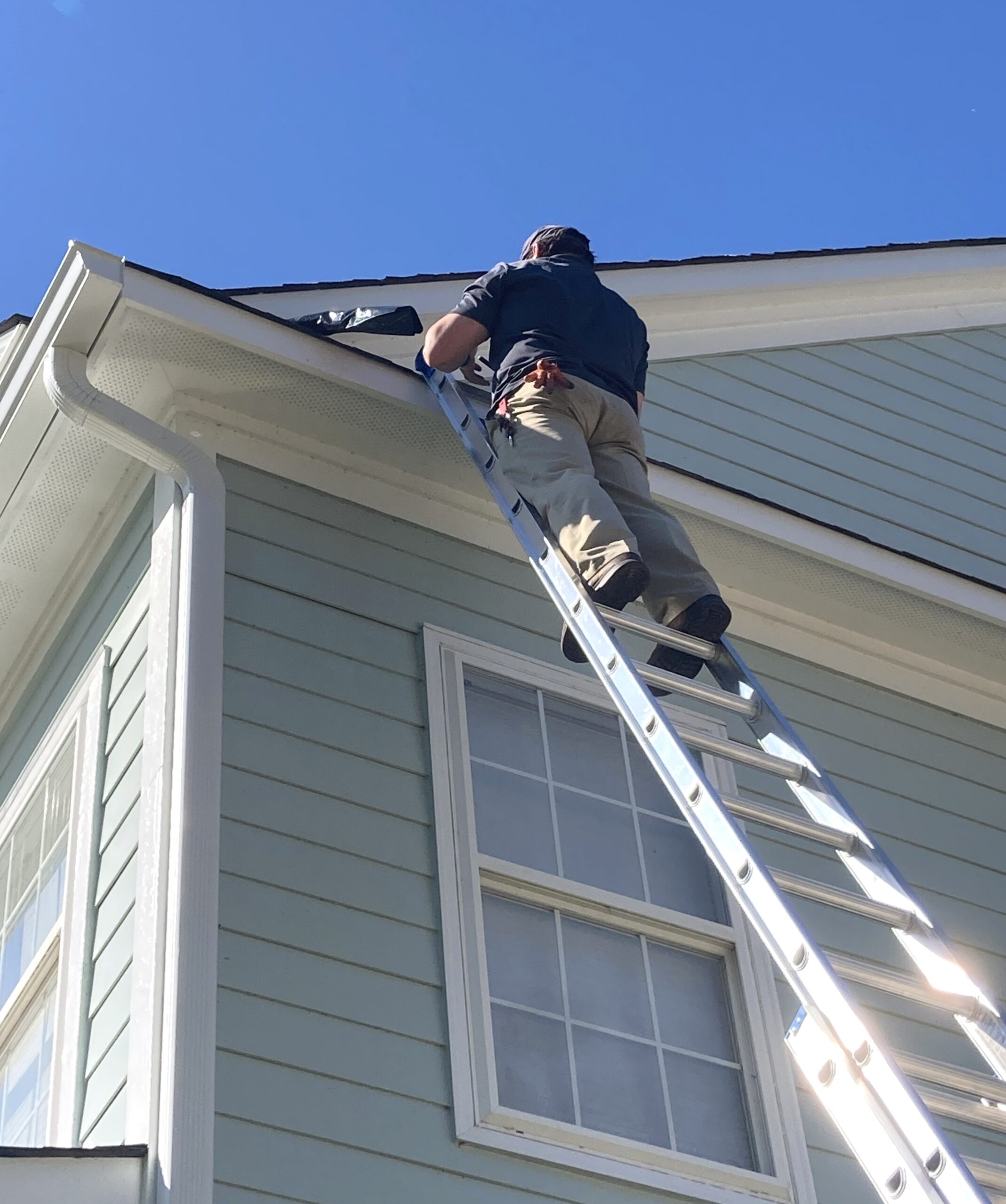Efficient Mole Removal Solutions for Homeowners in Johns Island
Understanding Mole Infestation: A Guide for Johns Island Homeowners ===
Mole infestations can be a frustrating and unsightly problem for homeowners in Johns Island. These underground creatures are known for their burrowing habits, which can damage lawns and gardens. If you’re dealing with moles in your yard, it’s important to understand their behavior and the most effective methods for removal. In this guide, we will provide homeowners in Johns Island with valuable information on mole infestation and offer safe and efficient solutions for mole removal.

Moles are small mammals that live underground and create tunnels as they feed on insects, grubs, and earthworms. While they may seem harmless, their burrowing can wreak havoc on your lawn, causing unsightly mounds and damaging the root system of plants. It’s important to identify mole infestation early on to prevent further damage to your yard.
Identifying Mole Infestation
One of the telltale signs of a mole infestation is the presence of raised ridges or mounds of soil in your yard. These raised tunnels are created by moles as they dig their burrows. Additionally, you may notice dead patches of grass or plants, as moles can disrupt the root system.
To confirm mole activity, you can place a small flag or stake in the ground near a fresh mound. If the mound is disturbed or the flag is knocked over the next day, it’s likely that moles are responsible for the activity.
Effective and Safe Mole Removal Techniques for DIY Homeowners
Now that you’ve identified a mole infestation in your yard, it’s time to take action. While there are professional mole removal services available, many homeowners prefer to tackle the problem themselves. Here are some effective and safe mole removal techniques for DIY homeowners in Johns Island.
1. Mole Repellents
Mole repellents are a popular option for homeowners looking to keep moles out of their yard. These repellents typically contain castor oil, which is known to deter moles. You can find mole repellent products in the form of granules or sprays. Simply follow the instructions on the packaging and apply the repellent to the affected areas of your yard. It’s important to note that mole repellents may take some time to be effective, as moles may need to find an alternative food source before leaving your yard.

2. Trapping
Trapping is another effective method for mole removal. There are various types of traps available, including scissor traps and harpoon traps. Place the traps in active tunnels or near fresh mounds, following the instructions provided with the trap. It’s important to check the traps regularly and remove any captured moles. Be sure to handle trapped moles with care or contact a professional for assistance.

3. Habitat Modification
Modifying the habitat in your yard can help deter moles and make your property less attractive to them. This can include removing their food source by controlling grubs and insects, as well as keeping your lawn well-maintained. Regularly mowing your lawn and removing debris can disrupt mole tunnels and discourage their activity. Additionally, creating barriers such as underground fences can prevent moles from entering certain areas of your yard.

===
Dealing with a mole infestation in your yard can be a challenge, but with the right knowledge and techniques, you can effectively remove these pests. By understanding mole behavior and implementing safe removal methods, homeowners in Johns Island can take back control of their lawn and gardens. Whether you choose to use mole repellents, traps, or habitat modification, it’s important to remain persistent and patient in your efforts. If DIY methods don’t yield the desired results, consider consulting a professional mole removal service for expert assistance. With the right approach, you can successfully eliminate moles and restore the beauty of your yard.
